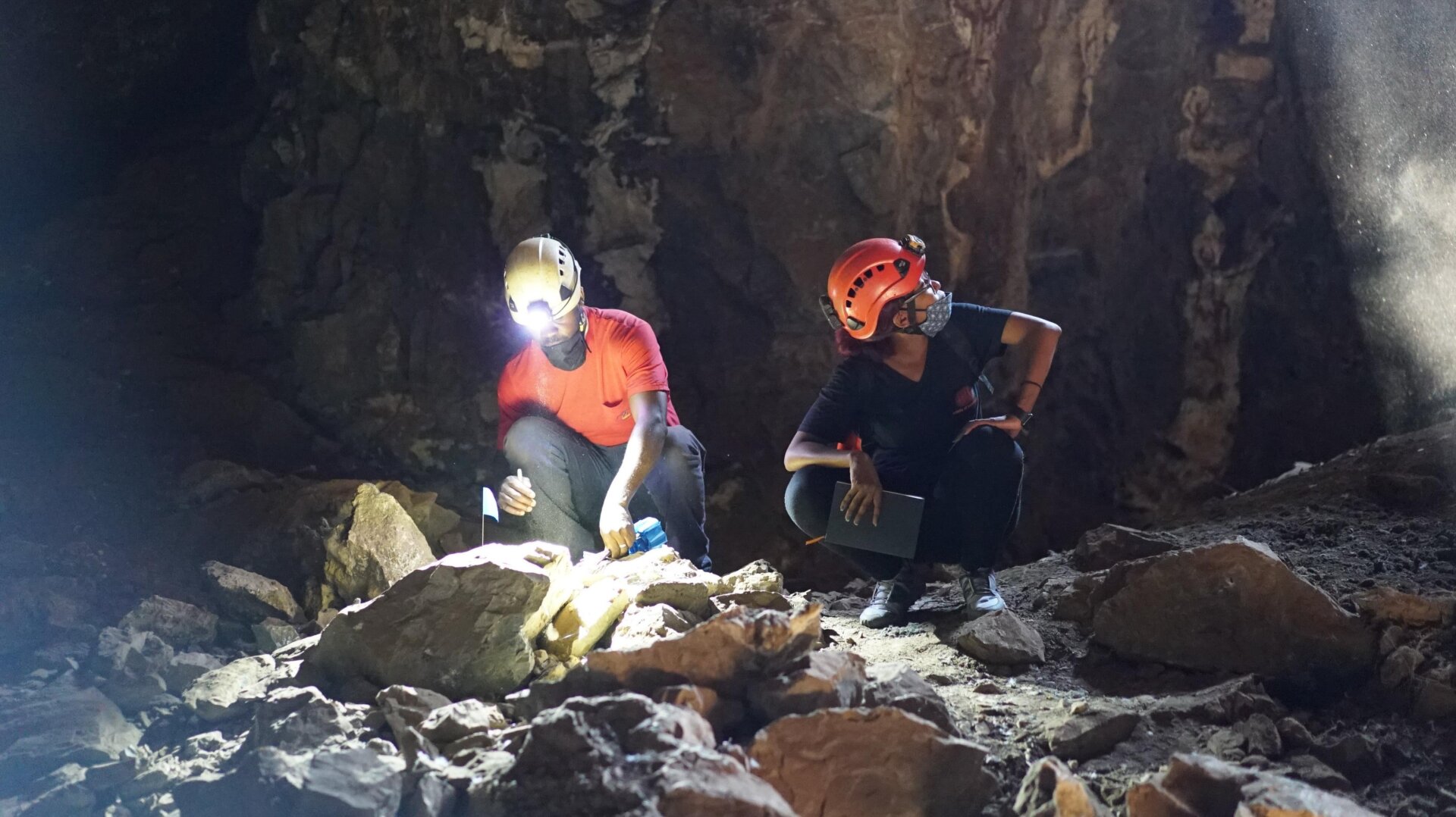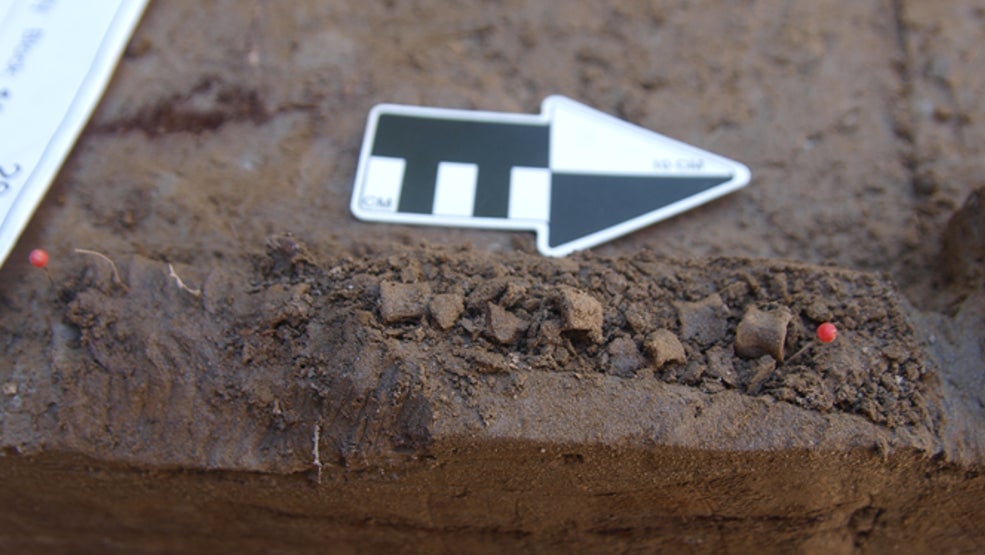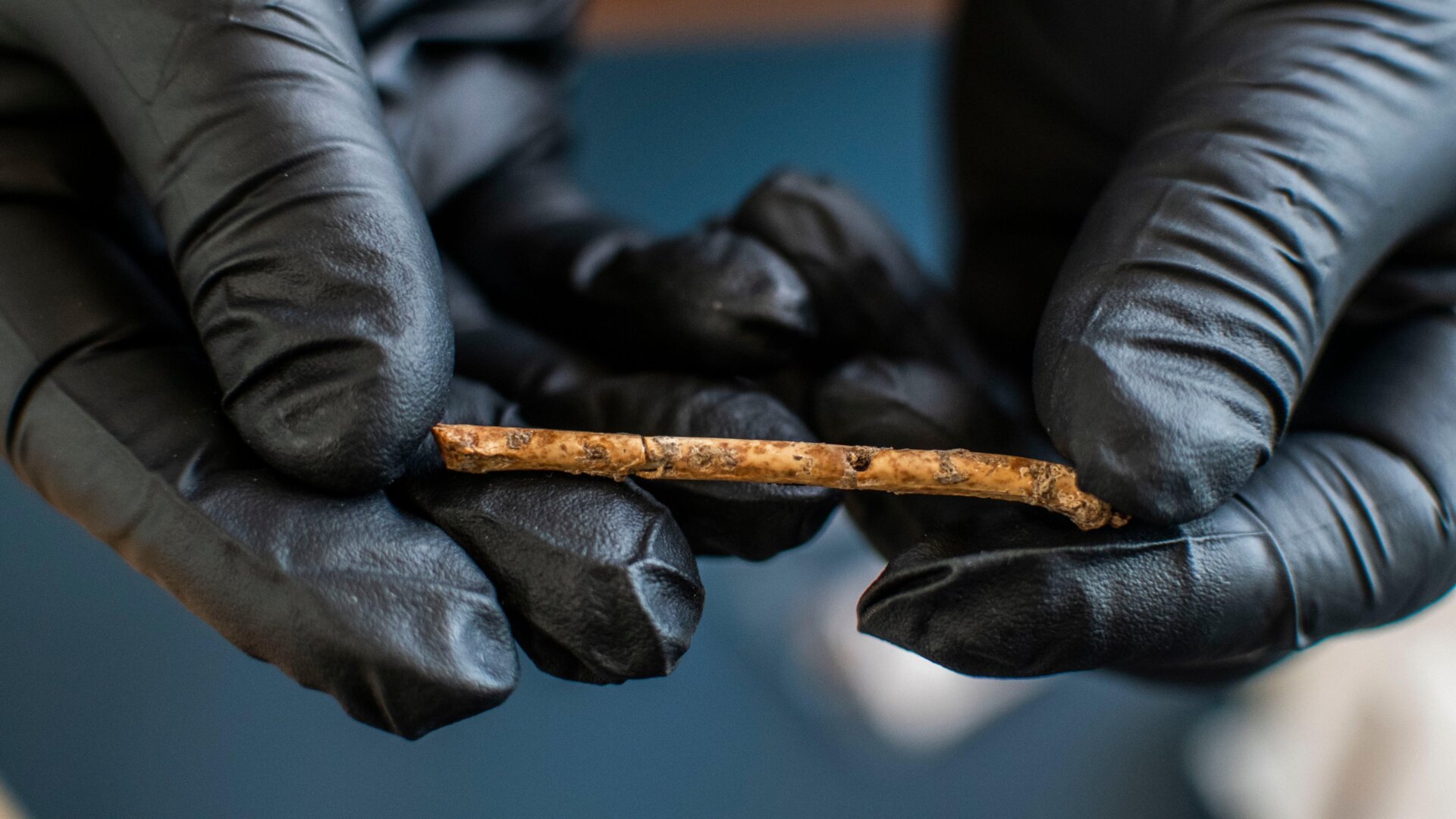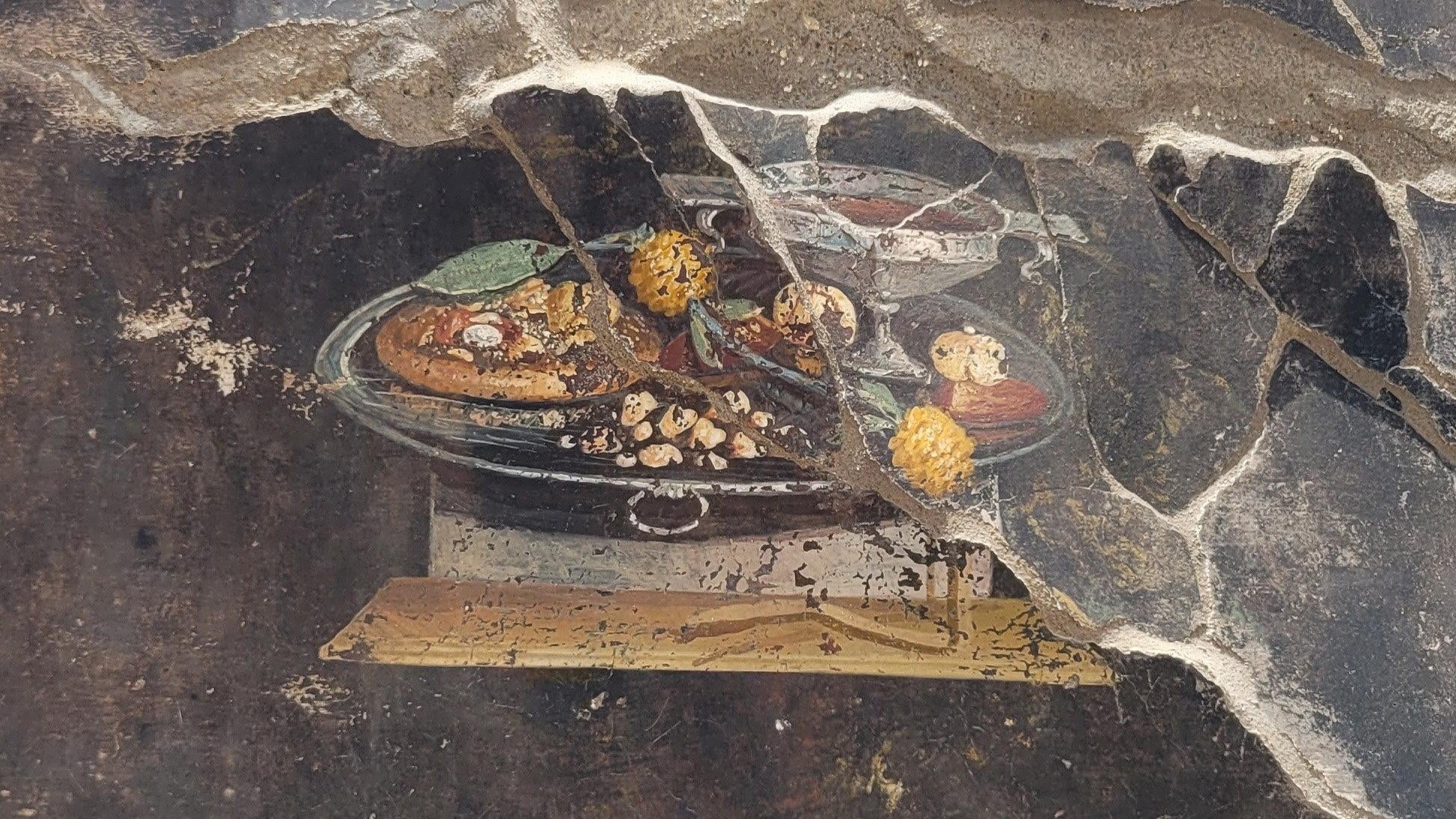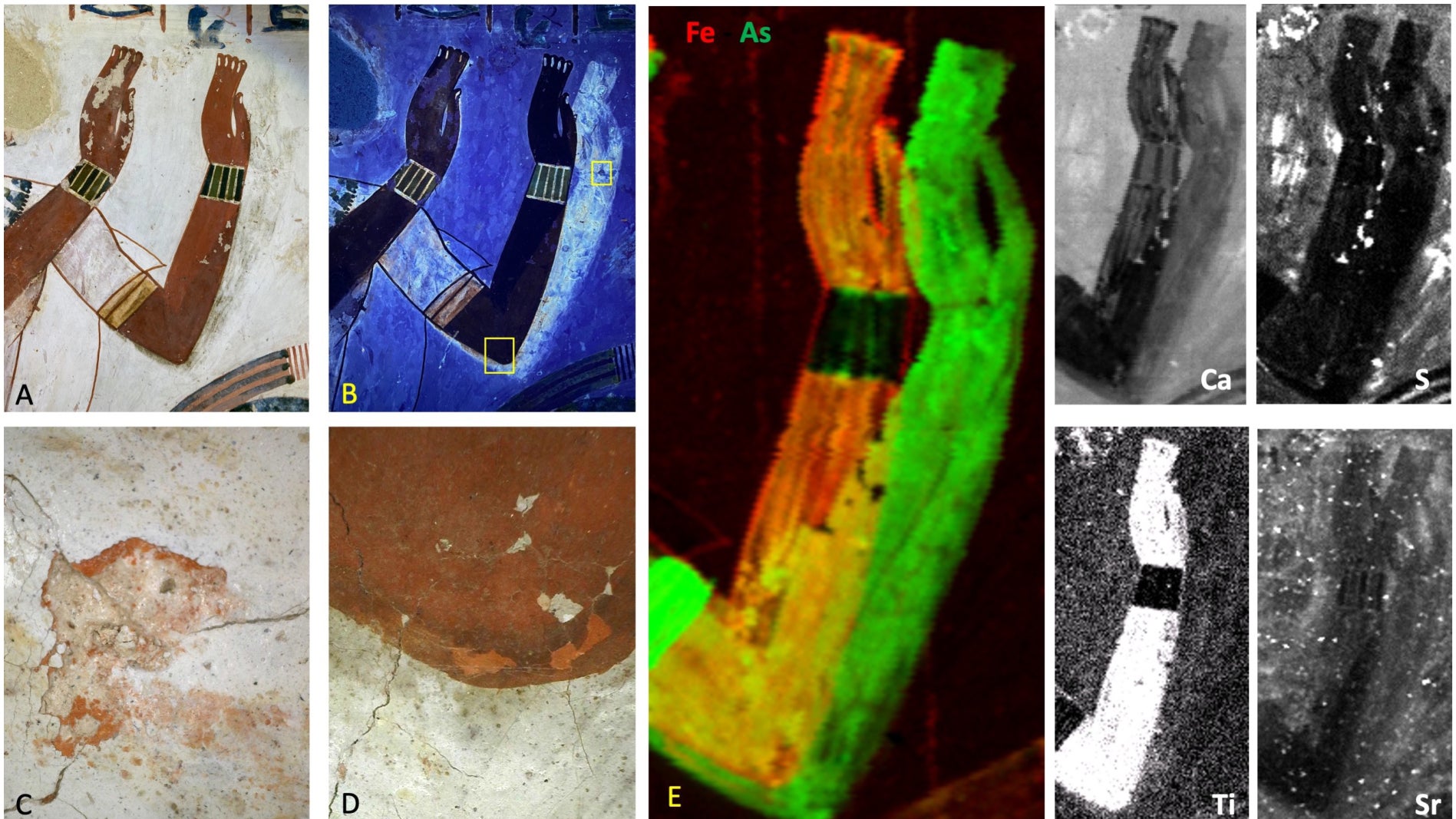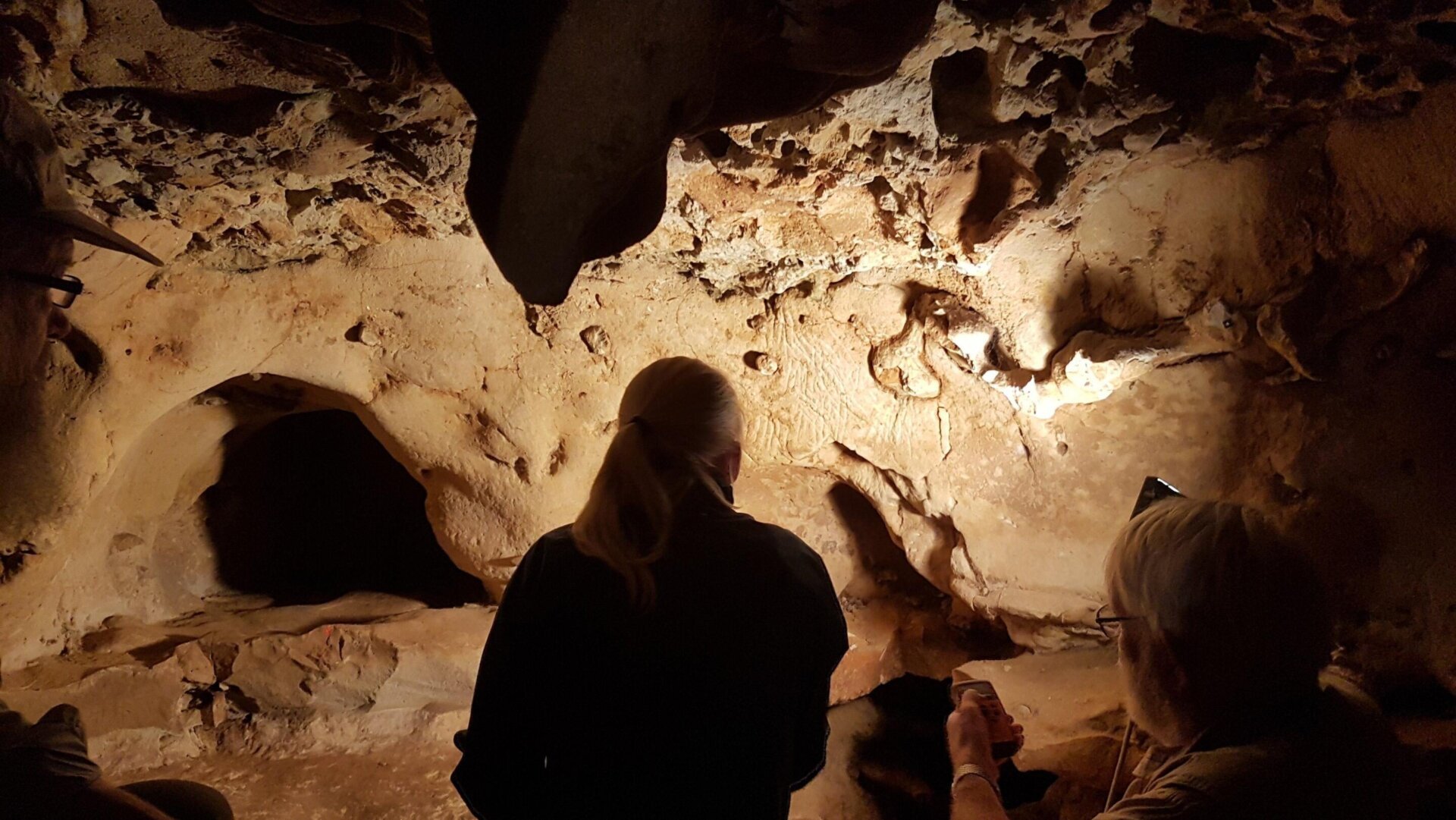New evidence from South Africa’s Rising Star cave system suggests that Homo naledi, an extinct human relative, may have intentionally buried its dead and used symbols, potentially for mortuary purposes. This discovery predates the earliest known ceremonial burials of Homo sapiens by a staggering 100,000 years, challenging our understanding of the evolution of complex behaviors in hominins.
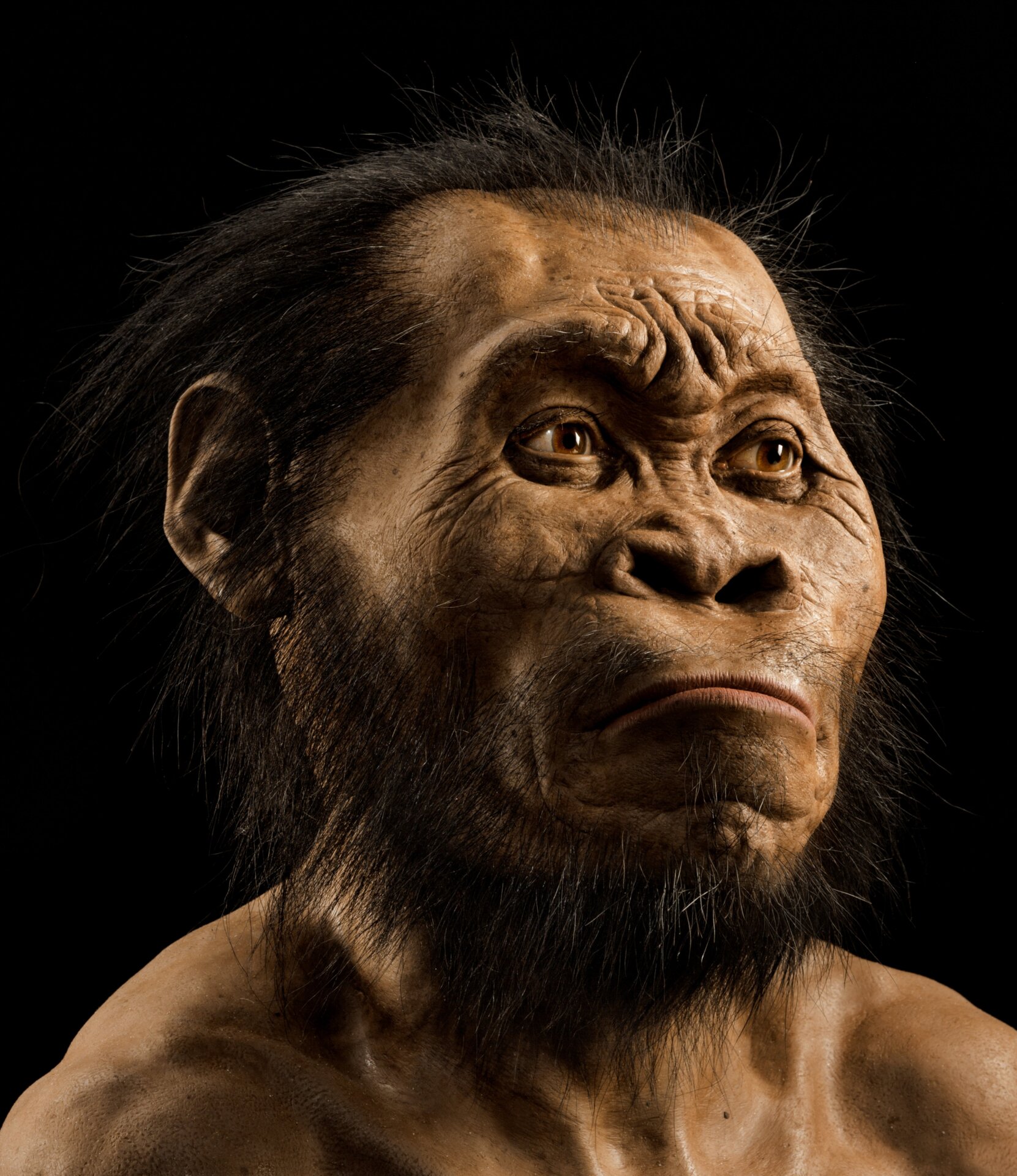 A reconstruction of Homo naledi by paleoartist John Gurche.A reconstruction of Homo naledi by paleoartist John Gurche.
A reconstruction of Homo naledi by paleoartist John Gurche.A reconstruction of Homo naledi by paleoartist John Gurche.
The Rising Star cave system, where Homo naledi was first discovered a decade ago, continues to yield groundbreaking insights. The remains found within the cave system represent a diverse age range, providing a unique glimpse into this ancient population. Homo naledi possessed human-like teeth, a body adapted for climbing, and a small brain roughly one-third the size of a modern human brain.
Intentional Burials and Symbolic Markings
Three pre-print research papers detail these remarkable findings. One paper focuses on the symbolic rock carvings found on the cave walls, while another presents evidence of deliberate burials. The third paper analyzes these discoveries within an evolutionary context, exploring their implications for our understanding of hominin behavior and cognitive development.
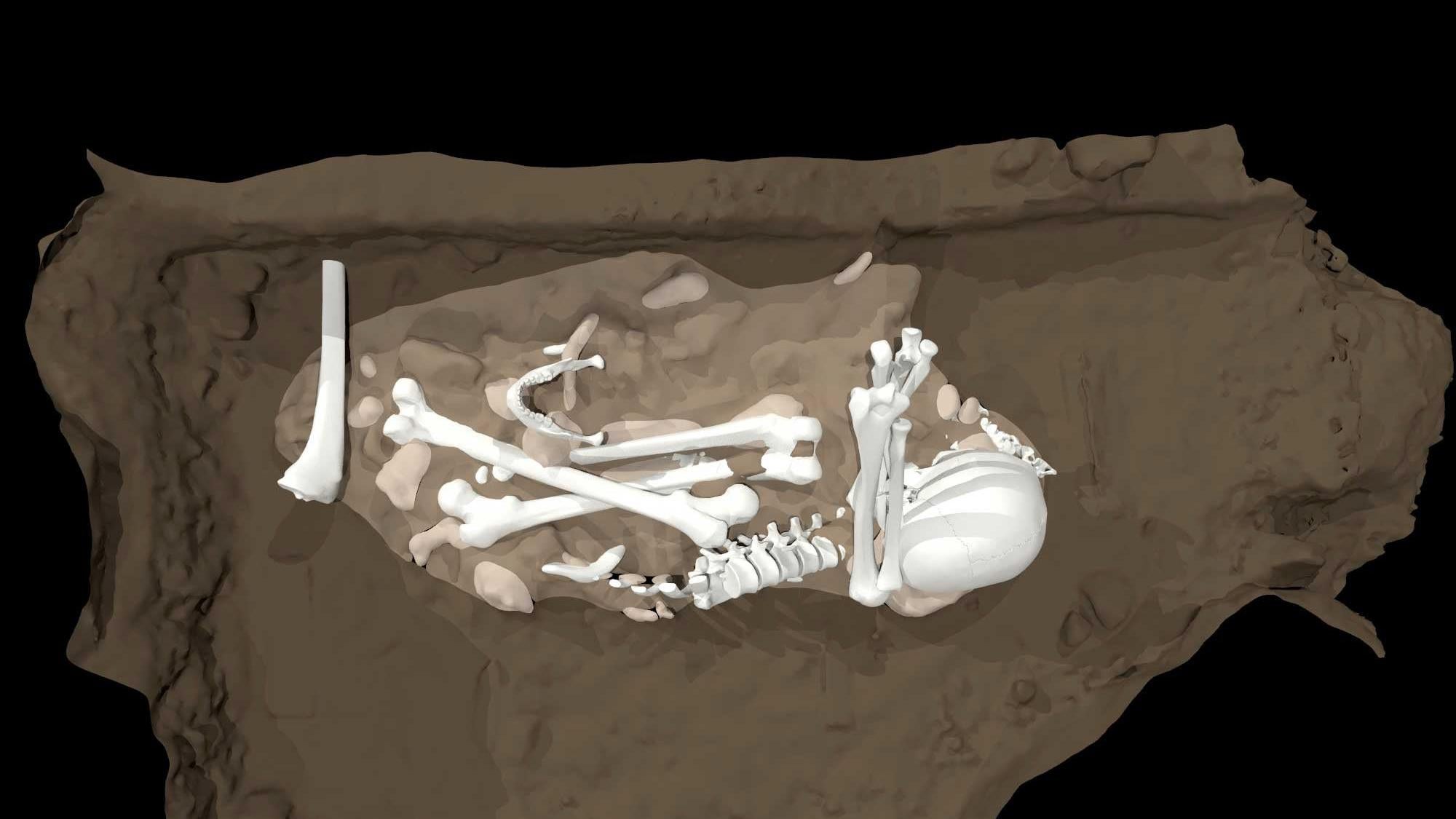 An artist’s reconstruction of an adult Homo naledi found in the cave’s Dinaledi Chamber.An artist’s reconstruction of an adult Homo naledi.
An artist’s reconstruction of an adult Homo naledi found in the cave’s Dinaledi Chamber.An artist’s reconstruction of an adult Homo naledi.
The alleged burials consist of pits dug into the cave floor, containing remains curled in fetal positions. The research team argues that there’s no evidence of water activity that could have created these depressions, suggesting they were intentionally dug by hominins and preserved for hundreds of thousands of years. Access to some chambers within the cave system remains challenging, raising questions about how H. naledi navigated these spaces.
The Enigma of the Engravings
The engraved symbols, which include cross-hatch patterns and geometric shapes, appear to have been carved into the cave walls using sharp instruments. Dating these engravings is complex, with current estimates placing them between 241,000 and 335,000 years old. Further research is needed to refine this timeframe.
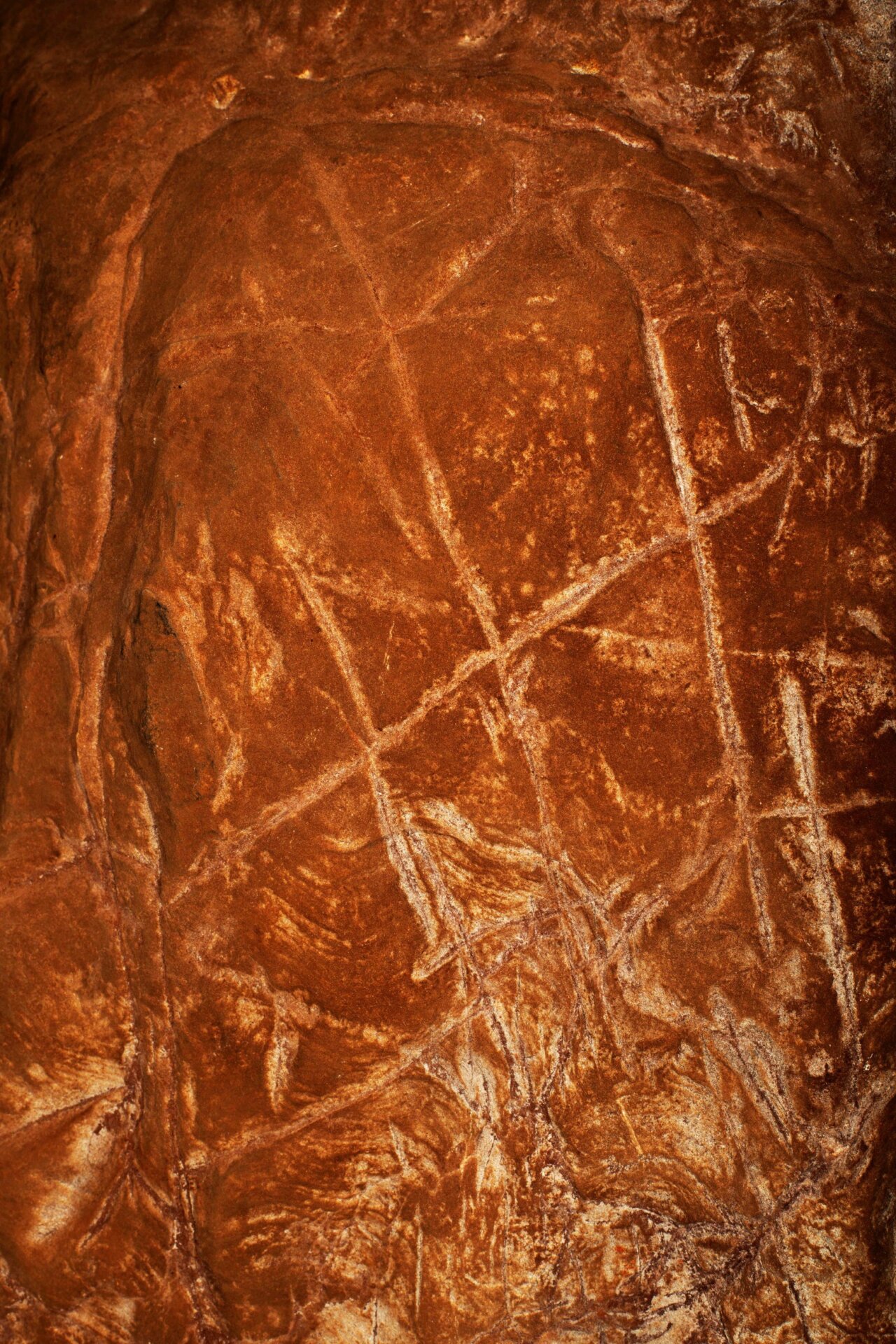 A crosshatch pattern found in the Rising Star system, polarized to make the etchings more evident. A stromatolite fossil is at bottom.A crosshatch pattern found in the Rising Star cave system.
A crosshatch pattern found in the Rising Star system, polarized to make the etchings more evident. A stromatolite fossil is at bottom.A crosshatch pattern found in the Rising Star cave system.
Redefining “Human”
These findings suggest that Homo naledi, despite its small brain size, may have engaged in complex behaviors previously associated with larger-brained hominins. This challenges the notion that Homo sapiens are unique in developing symbolic practices and raises the possibility that these behaviors emerged earlier in human evolution than previously thought.
Future Research and Implications
Further investigation into the dating of the rock carvings and a deeper understanding of the burial practices are crucial next steps. These discoveries offer a compelling opportunity to re-evaluate our understanding of what it means to be “human” and to recognize the potential complexity of ancient hominin behavior. The research papers are currently hosted on the preprint server BioRxiv and are set to be published in eLife. These findings have significant implications for the study of human evolution and the development of complex cognitive abilities. While other hominins, such as Neanderthals, are known to have buried their dead, the potential age of the Homo naledi burials adds another layer to this intriguing puzzle.



